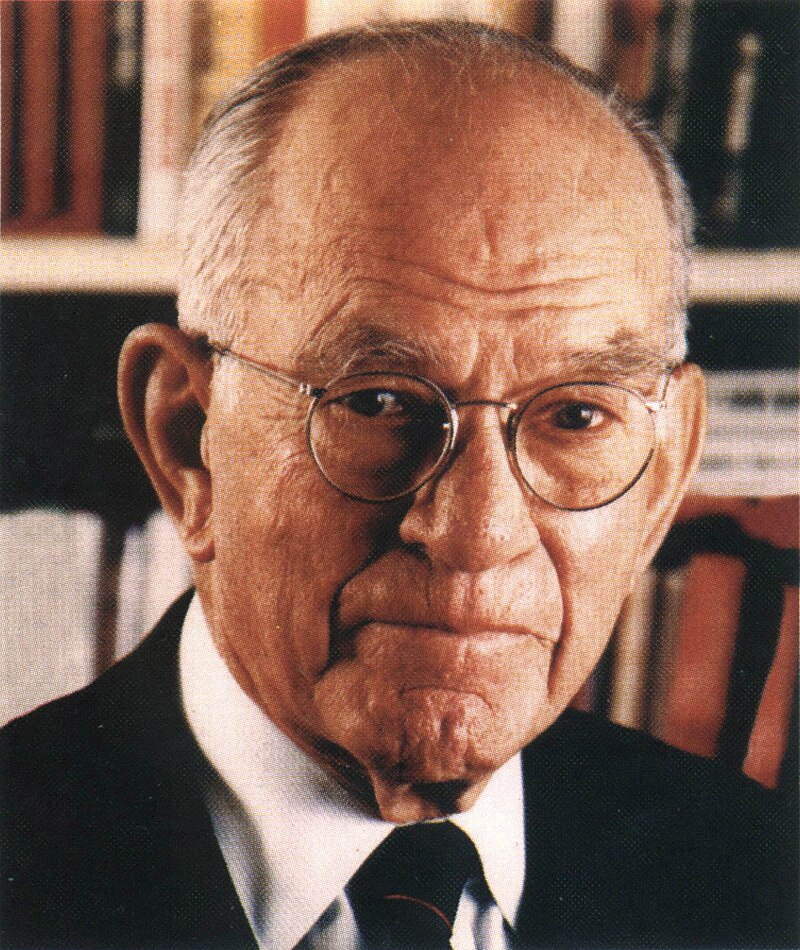"Literary Links"
is a series of posts celebrating Britain's wonderful links with great authors,
dramatists and poets.
Beatrix
Potter used number 9 College Court next to the Pilgrim’s Arch as an
illustration in her children’s story “The Tailor of Gloucester.”
The story recounts how a very poor tailor
sent his cat, Simpkin, to buy a twist of silk to finish a waistcoat for the
mayor of Gloucester. While the cat is
gone the tailor discovers some poor mice who have been trapped by the cat. He releases them and when Simpkin returns he
is so mad his mice have gone he hides the twist of silk. The poor tailor falls ill and the grateful
mice help him out by completing the waistcoat – all except for one buttonhole
which cannot be completed because there is not enough silk. The cat repents and retrieves the hidden
twist so his master can finish the waistcoat to much acclaim.
The fun bit
about this story is it is based on actual events. No, there were no amazing cats who could shop
and plot nor were there any talented sewing mice, but there was a Gloucester
tailor called John Pritchard (1877-1934) whose shop was located at 45 Westgate
Street. In 1894 the mayor commissioned
him to make a waistcoat and when Pritchard turned up on Monday morning to start
the task he found the waistcoat magically complete except for one buttonhole
and a note declaring “no more twist.”
Were there mice or fairies or elves or brownies in his workshop. No. At
the end of work on Saturday some of his assistants went out on the town and got
sloshed. In a drunken state they spent
the night at the workshop and were too dishevelled to be seen in public on the
Sabbath. To make good use of their time
they worked on the waistcoat until they ran out of twist on the last buttonhole.
This
is an excerpt from the tour Gloucester City Tour - Part One which
explores the streets around the Cathedral. The full tour is found
on www.obelisktours.co.uk




























